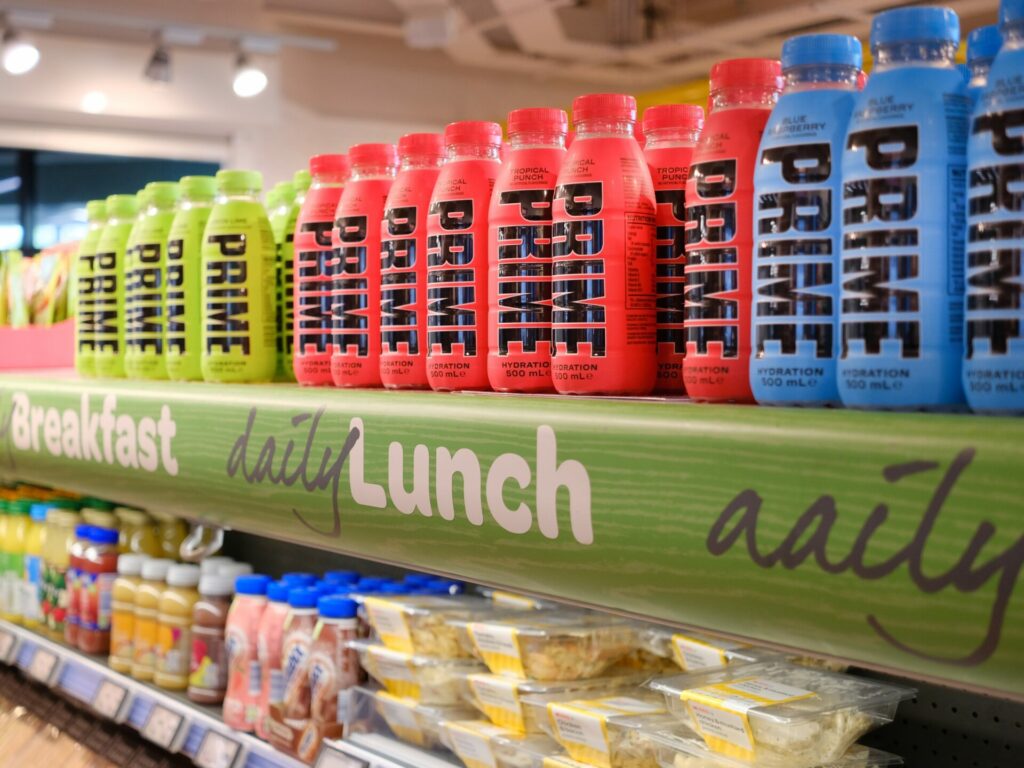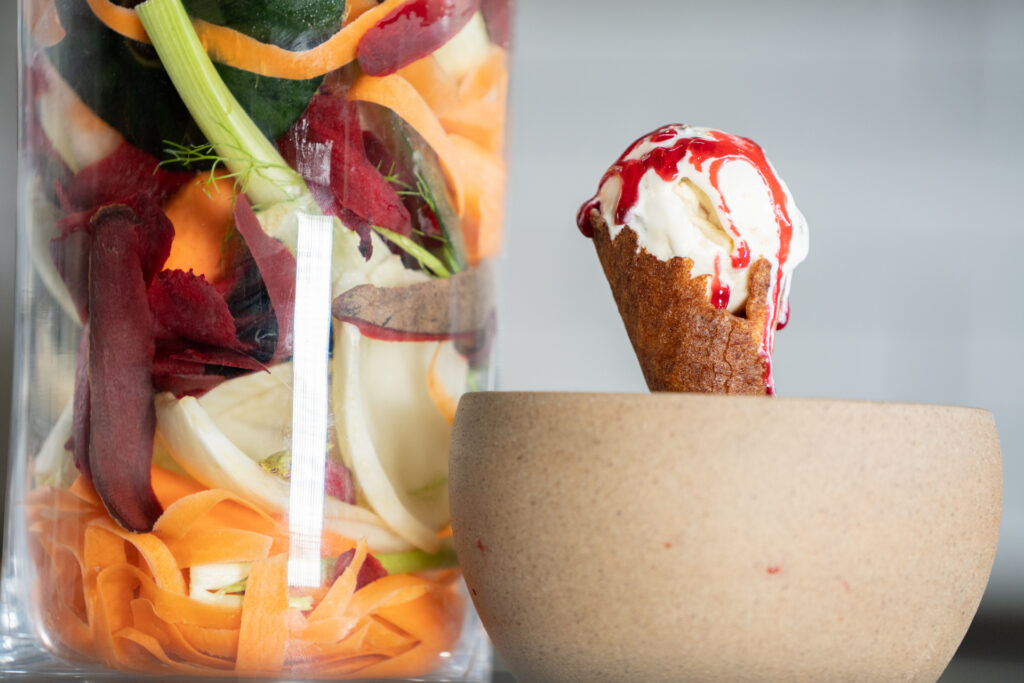Ever bought something out of your budget, because it’s this season’s ‘must-have’? Wasted your wages on whatever happened to be the ‘next big thing’? Or maybe you’ve overpaid – or even queued for hours – to get your hands on what is essentially an energy drink, just because it’s part of a trending phenomenon based around a YouTube icon.
Welcome to hype culture which is incredibly powerful. From Instagram fashion to the latest kids’ toys there’s always another craze, and yet we all click. Hype culture holds hands with herd mentality. People want to stick together and be part of a club.

Hyping Up Hype Culture
Of course, we don’t need all – or any – of these things we’re putting in our baskets, but we just can’t seem to help ourselves. It’s not even about the instant gratification or purchasing anything meaningful, or long-lasting. We are simply buying into the hype.
‘Hype is a cultural phenomenon where marketing tricks make mass-produced objects seem much more important than they really are’
Each year the world produces 92 million tons of textile waste. Between 80 and 100 billion new clothing garments are produced globally every year. A whopping 87 per cent of the materials and fibres used to make clothing will end up in either incinerators or landfill.

Shockingly, only one per cent of clothes will get recycled into new garments. No less than 23 billion pairs of shoes are made every year, and 22 billion are thrown away. With new designs launching every day, the global sneaker market is predicted to rise to a value of $120 billion by 2026. And yet for many it isn’t enough as they still need that new designer pair, or that next celebrity-endorsed collab. They’re addicted to hype culture.
Alec Leach, author of The World Is On Fire But We’re Still Buying Shoes is a strategist in the sustainable fashion space. ‘Hype is a cultural phenomenon where marketing tricks make mass-produced objects seem much more important than they really are,’ he writes. ‘Fashion is in such a hysterical place right now; there are no new ideas yet every new cycle spits out something that’s supposedly groundbreaking. It’s also why shopping is made to seem so irresistible, despite all we know about what fashion does to the world.’
‘We want new things and we want them quickly. But we forget them quickly too. Clothes in the hype era aren’t products to own, they’re moments to broadcast. They are more like memes than products. Except unlike memes, clothes leave a very permanent mark on the planet.’
The influencer economy is a universe of hustle, bringing hype culture daily to the consumer. Whether its via email, DMs, social media notifications or ads on all our devices seemingly 24/7, the buzz-buzz in our pockets and the flash-flash on our display screens is a constant nudge for us to buy. Often, this is something cheap, something small, something that can be thrown away just as quickly as it was purchased.

New ideas with potential longevity and attached with meaning are struggling to find space in today’s saturated markets. As Leach says: ‘The world revolves around snackable content, hot takes and 90-minute Netflix movies. You need to go faster if you want to keep up with the speed of Instagram, Twitter and TikTok.
This is causing enormous problems globally. Too many products are being made in unethical ways. From Leicester to LA, poorly paid workers are turning around the must-have celebrity dress of the day before tomorrow’s new trend appears. According to advocacy group the Garment Worker Center, an estimated 3,000 small factories scattered across downtown LA employ Latina migrants to fill orders for fast fashion brands.
‘We want new things and we want them quickly,’ Leach says. ‘But…we forget them quickly too. Clothes in the hype era aren’t products to own, they’re moments to broadcast, to share on Instagram for 24 hours. They’re here, then they’re not – they are more like memes than products. Except unlike memes, clothes leave a very permanent mark on the planet.’

The same can be said for toys, too. According to a 2014 United Nations Environment Program report, toys are the most plastic-intensive consumer goods in the world. And they just keeping coming. Hype merchandise is suddenly mass-produced when a movie or TV show becomes a culture craze. Take the much-hyped Barbie movie for example. Its release in July triggered a wave of doll purchases over and above the 60 million Barbies already sold annually.
While this might be enthralling children for the blink of an eyelid, the harsh truth is that very few toys are recycled. In many cases, the manufacture of toys requires a complex mixture of plastics, metals and electronics. Children not only get bored, but they outgrow these products at lightning speed. Sadly, their toys just end up in landfill. Researchers in the US discovered that for every 182 gm Barbie doll made, this generated 660 gms of carbon emissions, including plastic production, manufacture and transport.
Mattel – the maker of Barbie – are taking this seriously and has launched their own recycling scheme, allowing buyers to send back old toys to be turned into new ones. What’s more, Mattel also committed to making Barbie dolls from recycled ocean-bound plastic parts, waste that would have otherwise ended up polluting the ocean. Mattel’s goal is to achieve 100 per cent recycled, recyclable or bio-based plastic materials across all of its products and packaging by 2030.
Still, if shopping habits are to become less wasteful, they need to become more intentional. Rather than cling onto the ease of having ‘what everyone else has’, embrace a spark of creativity. Tune into your individuality. Being a conscious consumer means being able to resist following the crowd, and to not be blinded by the bright lights of hype. Celebrate being unique, and the planet will most certainly thank you.









